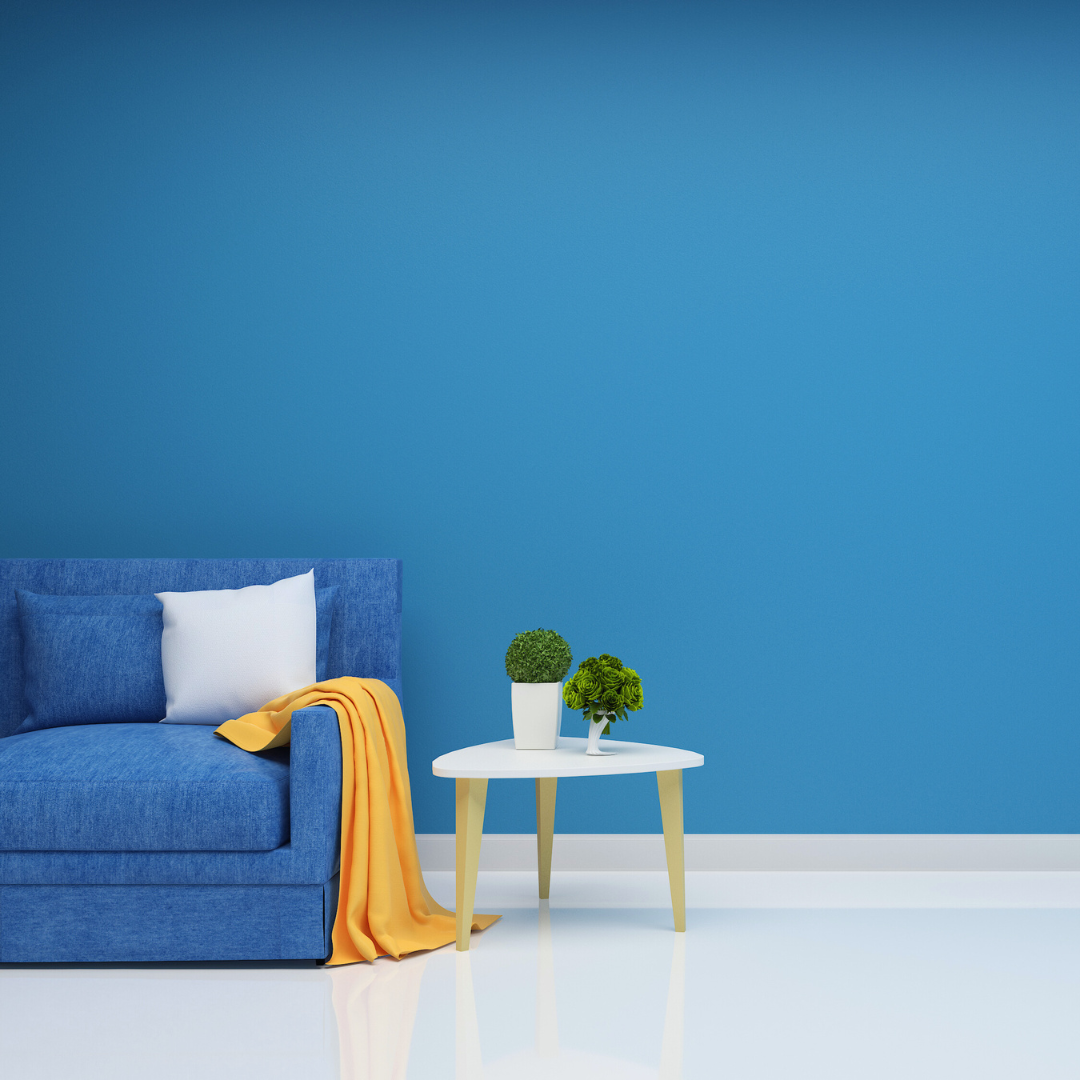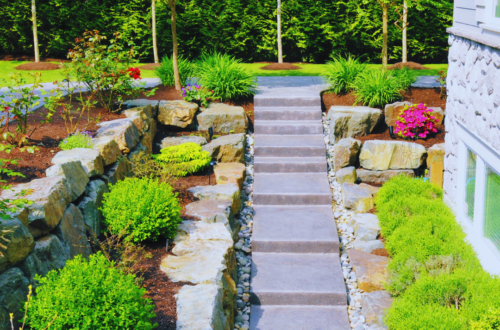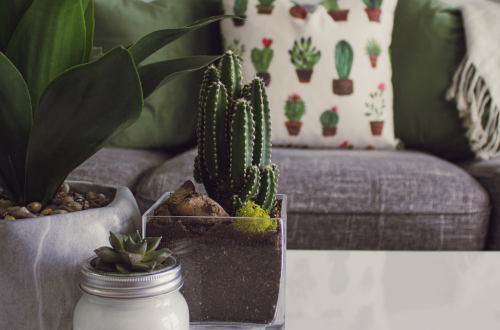Creating a bold statement in a home can transform its atmosphere and reflect an individual’s unique style. By incorporating distinctive decor choices and unexpected design elements, one can achieve a striking look that captures attention and conveys personality. This journey of expression not only enhances aesthetic appeal but also fosters an environment that resonates with creativity.
Engaging in bold decor may involve selecting vibrant colours, eclectic furniture, or standout artwork. Mixing textures and patterns can also contribute significantly to creating visual interest. Embracing personal tastes while incorporating elements of surprise can lead to a harmonious yet daring interior design.
In a world where home tells a story, making bold choices invites a dynamic narrative that showcases individuality. By exploring various styles and allowing creativity to flow, anyone can curate a living space that is as unique as they are.
Designing Your Bold Statement
Creating a bold statement in a home begins with a clear aesthetic vision. Important elements include a well-considered colour palette, the use of unique textures, and the incorporation of striking shapes. Each component plays a significant role in establishing a distinctive atmosphere.
Defining Your Bold Aesthetic
Identifying a bold aesthetic involves selecting a style that resonates personally. This could range from modern minimalism with clean lines to eclectic mixes that showcase various influences.
To achieve this, consider the following styles:
- Industrial: Raw materials and urban elements
- Bohemian: Rich patterns and layered textiles
- Art Deco: Glamorous finishes and geometric shapes
Each style should express individuality while creating a cohesive look throughout the home.
Choosing a Colour Palette
A bold colour palette can transform any space. It should reflect the homeowner’s personality while ensuring harmony among different elements.
Consider using rich hues, such as:
- Deep blues
- Vibrant reds
- Lush greens
A balanced combination creates visual interest. For instance, pairing a dominant colour with complementary tones enhances depth.
Using bold colours sparingly can also highlight specific areas, like accent walls or statement furniture.
Incorporating Texture and Shapes
Texture and shape add complexity to a design. A mix of materials can invigorate a space and create a tactile experience.
Possible textures include:
- Wood: Adds warmth and character
- Metal: Introduces a sleek, modern touch
- Fabric: Softens a room with textiles like velvet or linen
Unique shapes, such as asymmetric furniture or geometric lighting, contribute to a bold statement. Such elements not only draw the eye but also encourage conversation and engagement in the space.
Creating Focal Points in Each Room
Focal points enhance a room’s energy and style, providing a place for the eye to land. Identifying these key areas in the living room, dining room, and bedroom can transform the overall atmosphere.
Living Room Impact
In the living room, a statement wall is one of the most effective ways to create a focal point. This can be achieved through bold paint, patterned wallpaper, or a gallery of framed artwork. A well-chosen colour or texture can command attention, establishing a vibrant mood for the space.
Another impactful choice is the arrangement of furniture around a central piece, such as a striking sofa or coffee table. This arrangement not only encourages conversation but enhances the aesthetic appeal. Including a significant light fixture above can further draw the eye, adding an element of design that enriches the atmosphere.
Dining Room Dynamics
In the dining room, making a statement often revolves around the table. Opting for a unique table design, whether it’s a distinctive shape or a striking material, can serve as the room’s focal point. Surround it with complementary chairs to create a cohesive look that invites guests to gather.
Artwork or wall décor can play a critical role as well. A large, eye-catching piece or a collection of smaller items arranged in an artful display can enhance the dining experience. Selecting pendant lights that complement the table can add depth, creating an engaging and warm atmosphere for meals.
Bedroom Boldness
The bedroom’s focal point traditionally comes from the bed itself. Choosing an oversized headboard or an intricate bed frame can instantly command attention and elevate the space. Luxurious fabrics and bold colours can enhance this impact, making the bed an inviting feature.
In addition, wall decor should not be overlooked. A striking piece of artwork or a dramatic statement wall behind the bed can add personality. Bedside lighting, such as distinctive lamps or sconces, can further enhance the design, creating a harmonious and stylish retreat.
Selecting Statement Furniture and Decor
Creating a bold statement in a home involves choosing distinctive furniture and decor that reflects personal style. Key elements to consider include bold sofas and chairs, accent walls, and carefully selected decorative accessories, as they can significantly enhance visual appeal.
Bold Sofas and Chairs
Bold sofas and chairs serve as focal points in any room. Opt for colourful upholstery such as deep jewel tones or striking patterns that draw the eye. A statement sofa can anchor a living space; for instance, a plush emerald green sofa paired with contrasting cushions can create a luxurious yet inviting atmosphere.
When selecting chairs, consider options that complement the sofa. Unique shapes, textures, or finishes—such as velvet or leather—can make a significant impact. Adding bold dining chairs in complementary colours around a wooden table can enhance sophistication while ensuring functionality.
Accent Walls and Art
Accent walls provide an easy way to introduce dramatic elements into a space. Choose a vibrant paint colour or wallpaper with striking patterns to create depth and interest. A gallery wall featuring art pieces in various styles and frames can add personality and texture.
Consider incorporating framed photographs, paintings, or sculptures that resonate with personal experiences. Mixing artwork styles and sizes creates a dynamic visual experience. This approach allows for a biophilic design element by incorporating natural aesthetics, enriching the atmosphere of the room.
Decorative Accessories
Decorative accessories are pivotal in tying together the overall design. Items such as throw pillows, artistic vases, or unique sculptures add layers of texture and colour. These details can be bold or subtle but should align with the established colour palette.
Incorporating accessories that reflect personal style—antique finds or handmade crafts—can evoke a sense of charm. Layering accessories not only enhances depth but also fosters visual interest. A strategically placed statement lamp or an oversized mirror can amplify light and space, contributing further to the room’s appeal.
Balancing Your Bold Elements
Creating a striking home environment requires careful attention to balance. A harmonious mix of bold features, neutral shades, and well-thought-out scale can significantly enhance a space. The following aspects will help achieve that perfect equilibrium.
The Role of Neutrals
Neutrals serve as a canvas, allowing bold elements to shine without overwhelming the space. Incorporating whites, greys, or beiges helps to ground the room, offering simplicity alongside vibrant colours or patterns.
Using large neutral areas, such as walls and larger furnishings, creates a counterbalance to bold decor items. This can include oversized furniture in soft tones paired with decorative throws featuring strong hues or intricate designs. Finding the right balance with neutrals ensures that bold choices feel intentional and cohesive.
Scale, Proportion, and Placement
Understanding scale and proportion is crucial when introducing bold elements into a home. Oversized furniture can make a dramatic statement, but must be correctly positioned to avoid overpowering smaller accessories or art.
He or she should observe how furniture interacts with the space. For instance, large statement chairs paired with simple tables can create a balanced focal point. Strategic lighting also plays a role; a bold chandelier above a subdued dining table can enhance the look without compromising harmony.
Mixing Styles and Eras
Mixing styles and eras can create a unique and engaging aesthetic, but it requires careful thought to maintain balance. Combining modern pieces with vintage finds can yield a fresh yet cohesive look.
For example, a contemporary sofa may pair well with a traditional coffee table, provided the colour palette or materials link them together. Accessories such as artwork or throws can further bridge the gap between styles. It’s important to ensure that no one era or style overshadows another, maintaining a sense of cohesion throughout the space.





